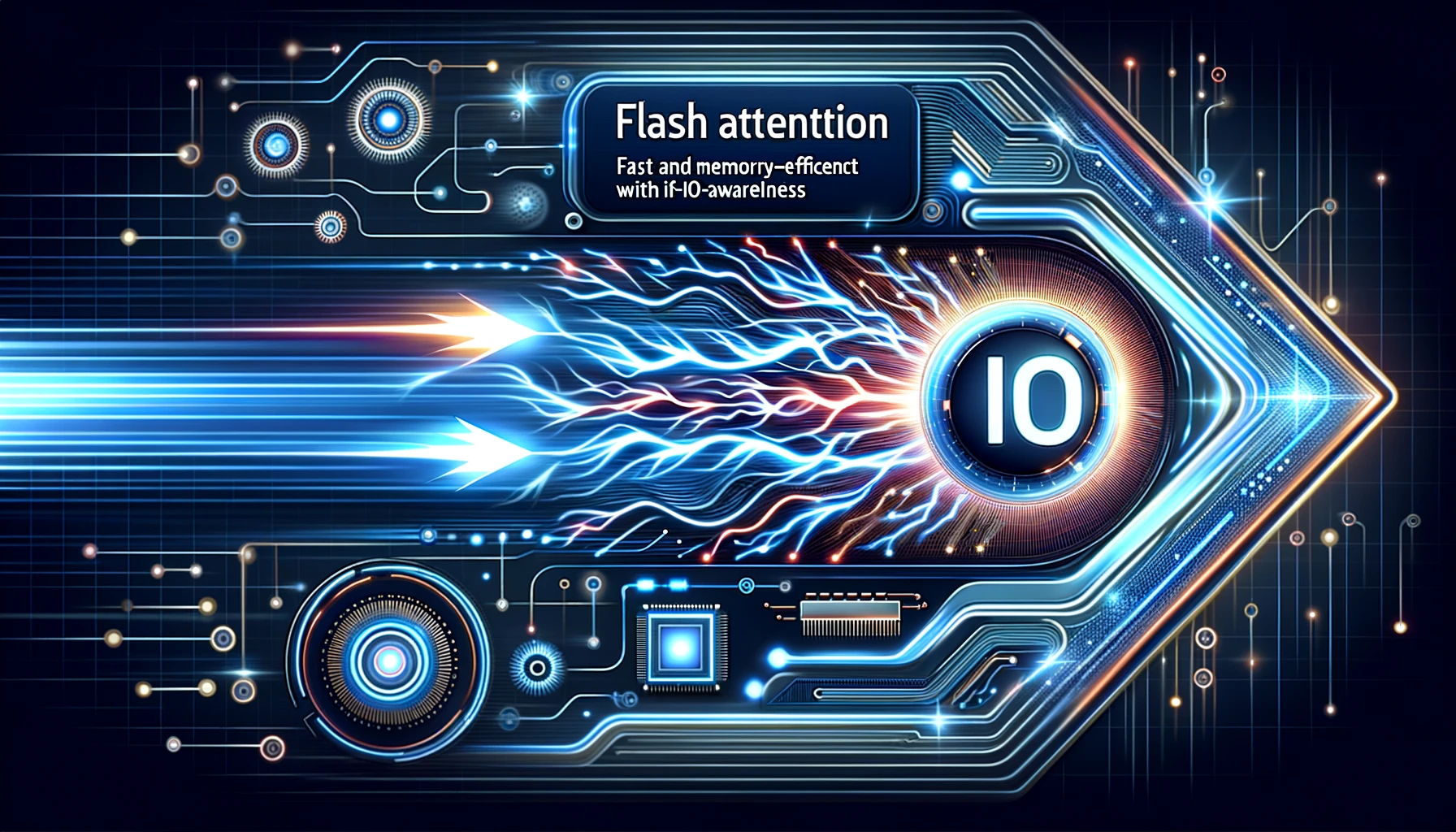Key Points
1. The paper addresses the issue of slow and memory-intensive self-attention module in Transformer models, which has quadratic time and memory complexity in sequence length.
2. The paper proposes FlashAttention, an IO-aware exact attention algorithm that uses tiling to reduce memory reads/writes and achieve fast training of Transformer models.
3. FlashAttention shows significant speed-up in training Transformer models, with 15% faster training of BERT-large, 3× speedup on GPT-2, and 2.4× speedup on long-range arena benchmark compared to existing baselines.
4. The algorithm enables longer context in Transformer models, leading to higher model quality and new capabilities, such as achieving better-than-chance performance on challenging tasks like Path-X and Path-256.
5. FlashAttention requires fewer HBM accesses than standard attention, making it faster and more memory-efficient, and enables the block-sparse FlashAttention algorithm, which is 2-4× faster and scales to sequence length of 64k.
6. The paper analyzes the IO complexity of FlashAttention and proves that it requires significantly fewer HBM accesses compared to standard attention, leading to faster execution and lower memory footprint.
7. It extends FlashAttention to handle block-sparse attention, reducing the IO complexity compared to FlashAttention by a factor proportional to the sparsity.
8. The algorithm is empirically validated to outperform existing attention implementations in terms of model training speed, model quality, and benchmarks of attention runtime and memory footprint.
9. The paper discusses potential future directions, such as compiling to CUDA, extending IO-aware methods to other deep learning modules, and parallelizing attention computation across multiple GPUs.
Summary
The paper proposes a new attention algorithm called FlashAttention designed to address the runtime and memory challenges of Transformer models when dealing with long sequences. The key argument is to make attention algorithms IO-aware, taking into account reads and writes between levels of GPU memory. FlashAttention achieves exact attention with far fewer memory accesses, computing the softmax reduction without access to the whole input and not storing the large intermediate attention matrix for the backward pass.
The authors provide an analysis of the IO complexity of FlashAttention, demonstrating its reduced HBM (GPU high bandwidth memory) accesses compared to standard attention. They also discuss FlashAttention's impact on model training speed and model quality, showing its ability to scale Transformers to longer sequences and improve performance compared to existing attention methods.
The paper discusses the technical details of FlashAttention, including its efficient attention algorithm with tiling and recomputation, demonstrating its superior performance in terms of both runtime and memory efficiency. Additionally, the authors extend FlashAttention to handle block-sparse attention, a sparse attention algorithm that exhibits faster speed compared to FlashAttention.
Empirical validation of FlashAttention shows faster model training for BERT, GPT-2, and long-range arena tasks, as well as higher quality models with improved perplexity and performance on long-document classification. The authors also present benchmarking results that confirm the faster and more memory-efficient runtime of FlashAttention compared to existing attention methods.
The paper provides an analysis of the impact of FlashAttention on training Transformer models, demonstrating faster training times for BERT and GPT-2, improved model accuracy, and efficient memory usage. The authors also discuss limitations and future directions for IO-aware deep learning methods and multi-GPU implementations, aiming to inspire further research in the field.
The study is supported by multiple grants and acknowledges various individuals and organizations that contributed to the research.
Reference: https://arxiv.org/abs/2205.14135
